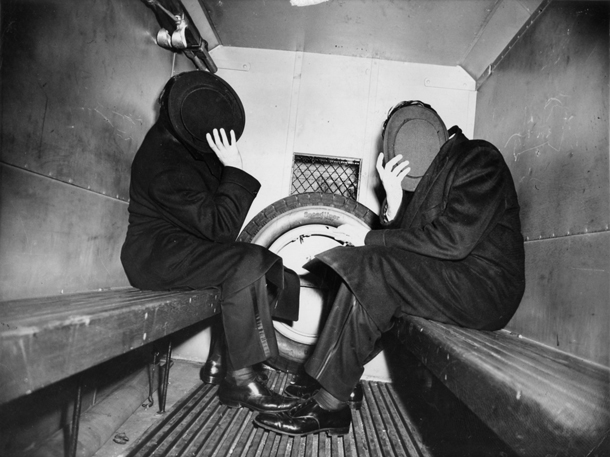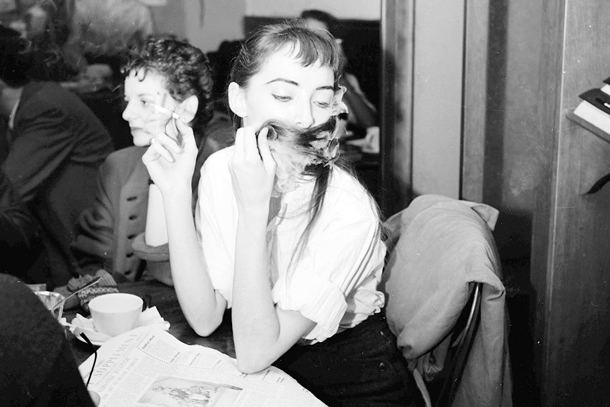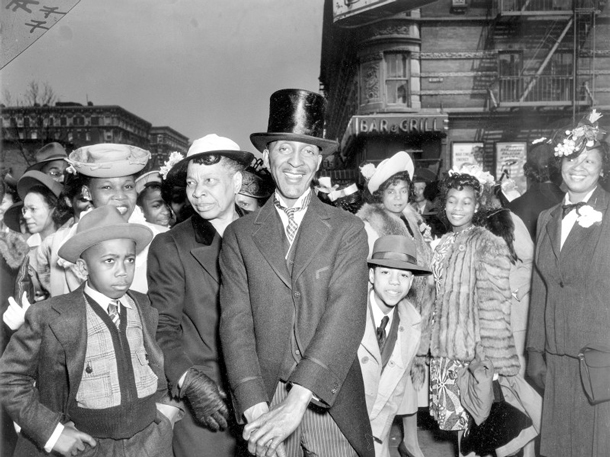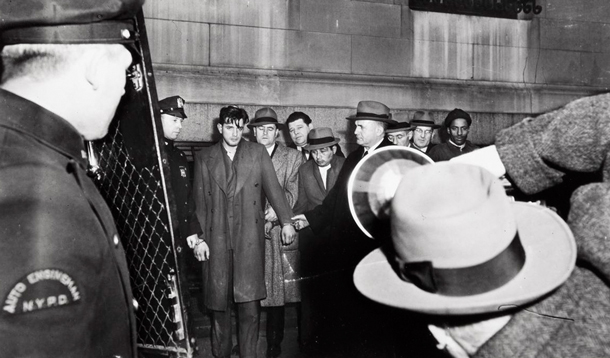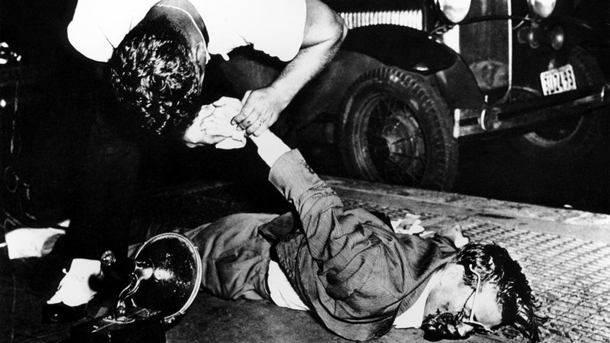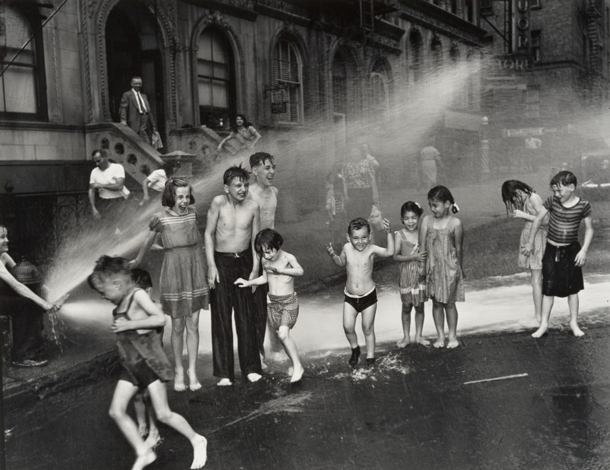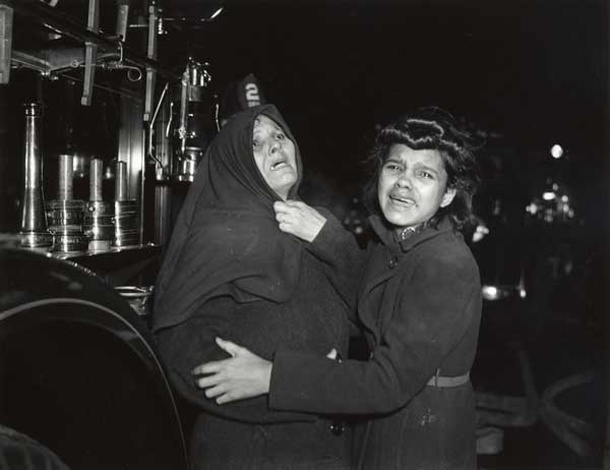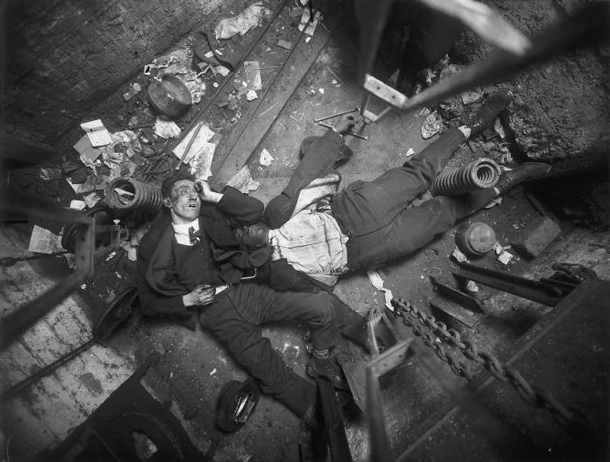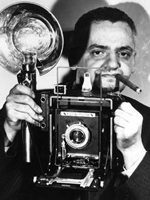
Weegee wouldn’t be possible today. He made full use of loose privacy laws and weak law enforcement back in those 30s and 40s. “The more blood, the better,” that was the credo of himself and his clients, the New York tabloids.
Today Weegee looks like a vulgar voyeur, but in fact Arthur Fellig is considered the first true photojournalist. He showed the citizens of New York what was going on in their city once they went to sleep. With frightening immediacy and dramatic realism he portrayed the unadorned city.
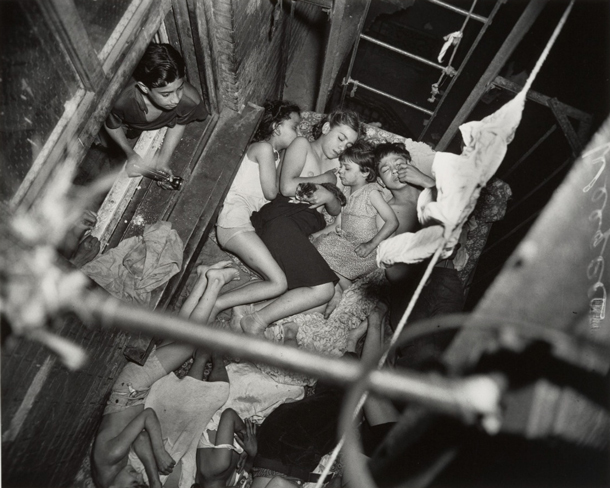
For Weegee and his subjects had much in common. He literally came out of the gutter. Born in 1899 in a village near Lviv, then Ukraine, the father brought his family to the promised land in 1910. The family never found luck there. Fellig kept on dreaming to escape the bleak poverty of the immigrant neighborhood.
After several business ideas, including the selling of confectionery, Fellig bought a camera when he was 14 years old. With a pony he moved through the streets and let the kids pose with it. He sold the photos to the parents and made enough money to just get by.
It took another ten years until photography gave a steady income. He was lab assistant at a photo agency. To save money, he slept in the darkroom and mainly left at night to take on the unpleasant events that became the hallmark of his photography.
He had his car kitted out for all his evenings needs: a Police radio which gave him rapid access to crime scenes (often before the Police themselves got there) and a makeshift darkroom in the boot, guaranteeing him quick prints to rush off to the news desks.
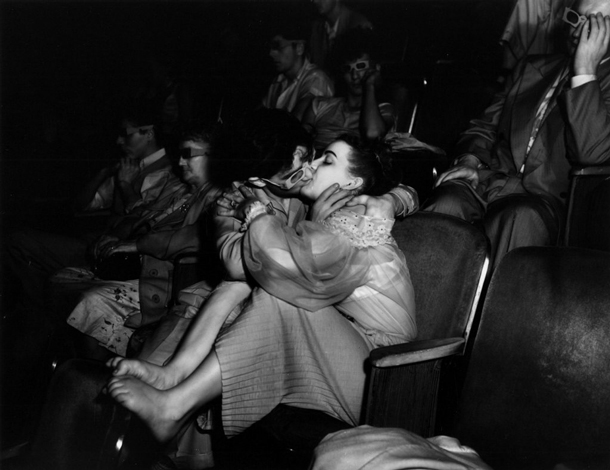
Given much of his oeuvre was to take place in the dead of night, the harsh flash and spotlighted criminal (or corpse) became his signature style.
Fellig’s motto was, “I’m not afraid and neither is my camera.” Newspaper editors who strove for blood and filth during the prohibition loved what Fellig delivered. Even though police tried to conceal the identity of the victims and the arrested, Fellig got himself access to crime and accident scenes and waited with his flash until the masks had fallen.
Felligs ruthlessness and insomnia made sure that his colleagues soon attested him psychic abilities making it possible to detect all those shocking events.
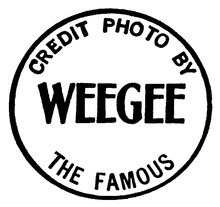
With his subjects ranging from wild-eyed adolescent onlookers at a late night gangland slaying to glassy-eyed starlets at Hollywood movie premieres, Weegee could be considered one of the first ambulance chasers. He was as flamboyant as some of his subjects, creating his own mythology, reveling in his own notoriety as well as that of his subjects, and even stamping the backs of his pictures with “Credit Photo by Weegee the Famous.”
His leisure hours he spent mostly in brothels. The milieu became another topic of his gritty photojournalism that was later on portrayed in the Hollywood film L.A. Confidential (1997). Danny DeVito’s character, Sid Hudgens… yep, that’s based on Weegee. Or The Public Eye (1992), starring Joe Pesci, was based on the man himself.
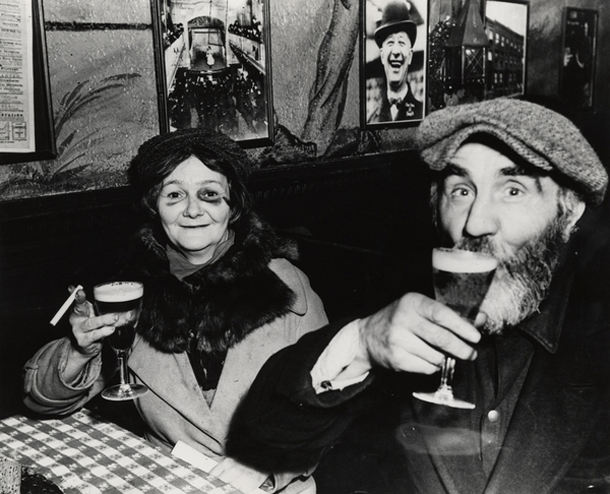
“Murder is my business,” was another of those ways Weegee described his profession with. Well by now he had money and was known, he slowly reached his life’s dream and even glossy magazines such as Life were among his clients.
His brutally honest, contrasty photography convinced him he had never meet “a better photographer.” Still, the the mid-40s the political and moral morass of crime and lies became too much for him. He tried his hand at fashion photography, made short films and later on even collaborated with Stanley Kubrick.
Born 1899, he died in New York 1968. His aesthetics remain unique to this day and despite his rude style, Fellig remains an inspiration for press photographers to this day. You have to be good. It’s not good enough to be the second one.
